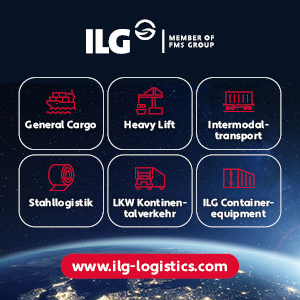“The project had a lead time of two years,” says project manager Josef Ammann from the Felbermayr subsidiary Bau-Trans. He has a clear answer to the question why it took so long: “Due to age-related defects, we had to structurally re-calculate more than 60 bridges in order to obtain the necessary approvals.” And that is inevitably connected with a lot of effort and therefore also time and money. The thirteen heavy load components originated in Austria, Switzerland and Italy. The energy provider’s premises, about ten kilometres south-east of Bludenz, served as a transshipment point and for the final assembly of some components.
The three transformers, two of which weighed 152 tonnes and one 77.5 tonnes were produced in an Upper-Austrian transformer factory. The heavier voltage transformers were delivered by rail to the Montafon region. The lighter of the two could be delivered by road because of its lower weight.
The four butterfly valves weighing between 120 and 145 tonnes each originated in Germany, Switzerland and Italy. Due to the inadequate load-bearing capacity of many bridges, these oversized ‘water taps’ with a length and width of about five meters and a height of about four meters were delivered in disassembled condition. Final assembly was carried out at the recipient’s.
The generator’s four stator parts originated in Switzerland. A lifting lever bridge was used as a means of transport. Ammann explains the advantages of this special vehicle: “It enables us to lift the load so that we can, for example, negotiate roundabouts or guide rails with narrow curve radii.”
Things really got down to business on the last thirteen kilometres on the Silvretta-Hochalpenstraße. “We had to cope with gradients of twelve percent. But that was not the real problem,” says Ammann. Even more demanding were transverse tilts of up to nineteen percent and narrow curve radii. That was also the reason for using the PST. At 2.5 metres other vehicles would have simply been too wide. Ammann adds: “That would not have been enough for the high centre of gravity during transport and would have massively increased the risk of tipping over.”
The components were then unloaded in the machine cavern using a gantry crane. The transformers were then put onto their foundations by Bau-Trans employees. The voltage transducers were moved into the transformer cavern by means of so-called gripper pulleys on a rail system, laterally, about 60 metres, and then fixed.
With the exception of special transports with unit weights of up to 42 tonnes, the main transport and heavy assembly work was completed by mid-October. Commissioning of the power plant extension is scheduled for 2018. From then onwards, Obervermuntwerk II will significantly contribute to meeting power demands during peak hours.
www.bautrans.cc; www.felbermayr.cc












